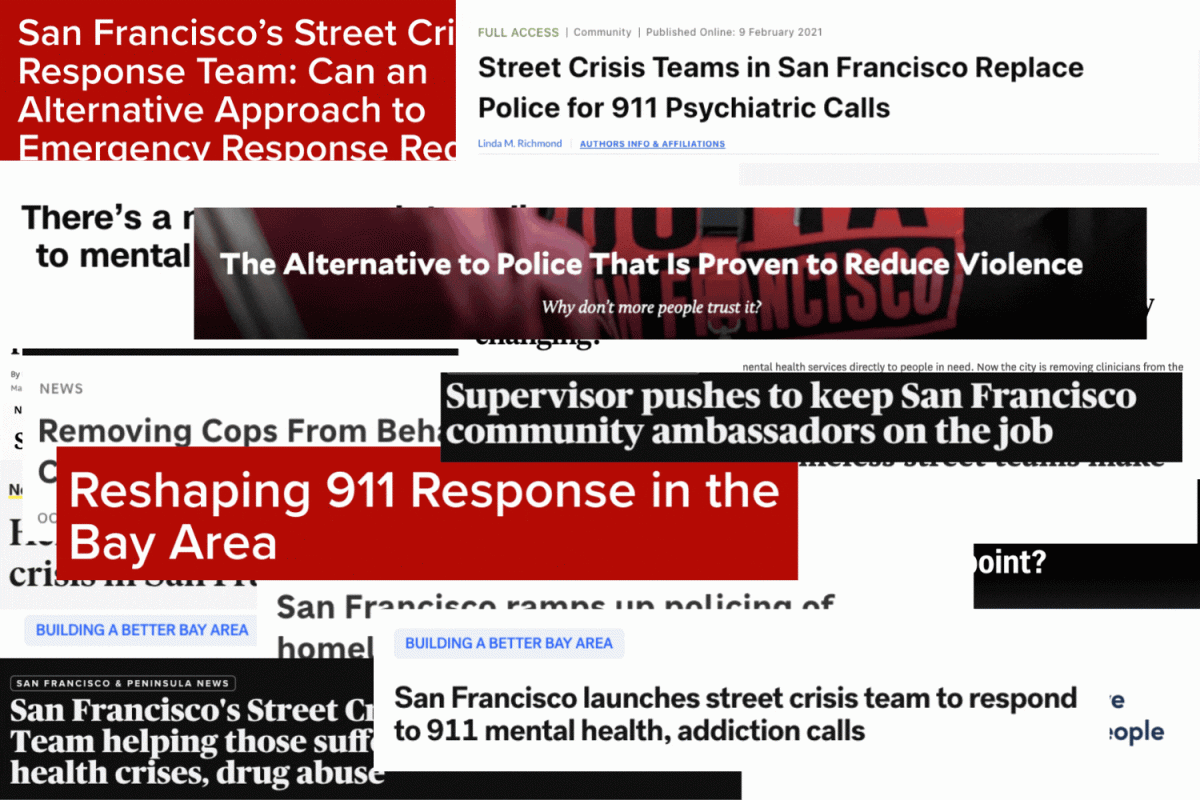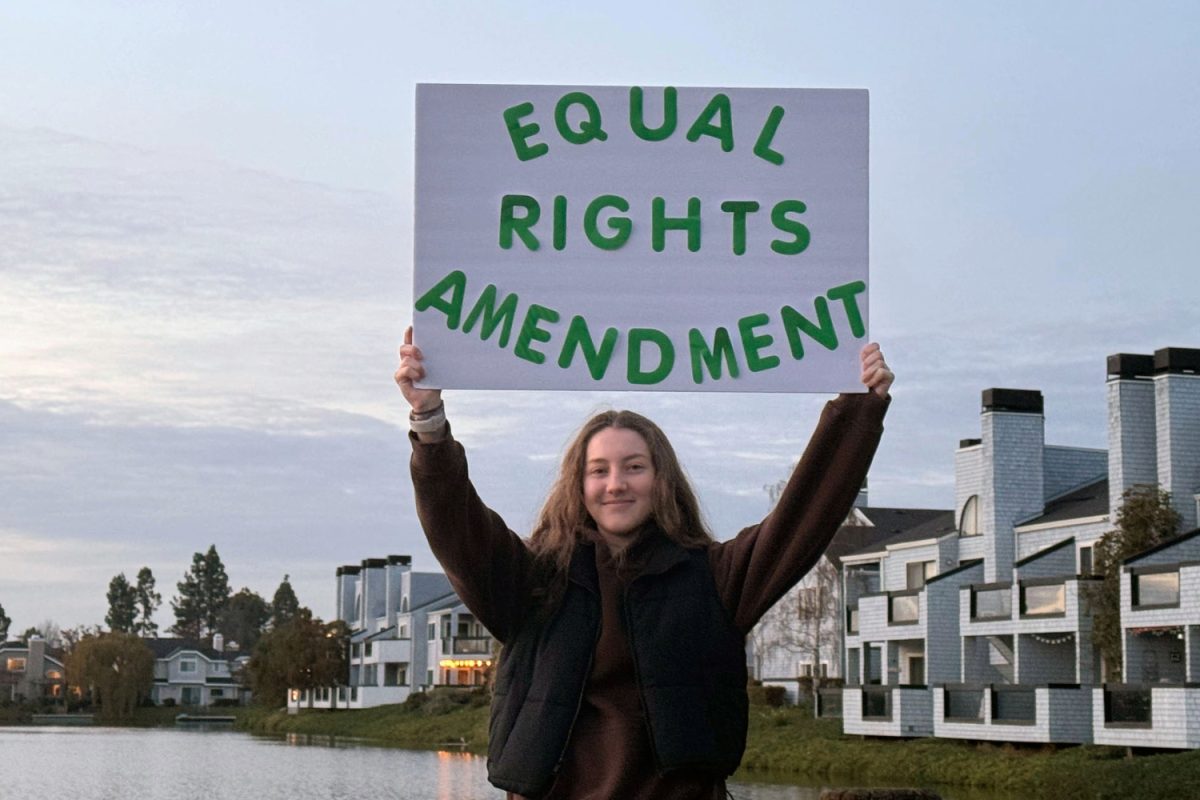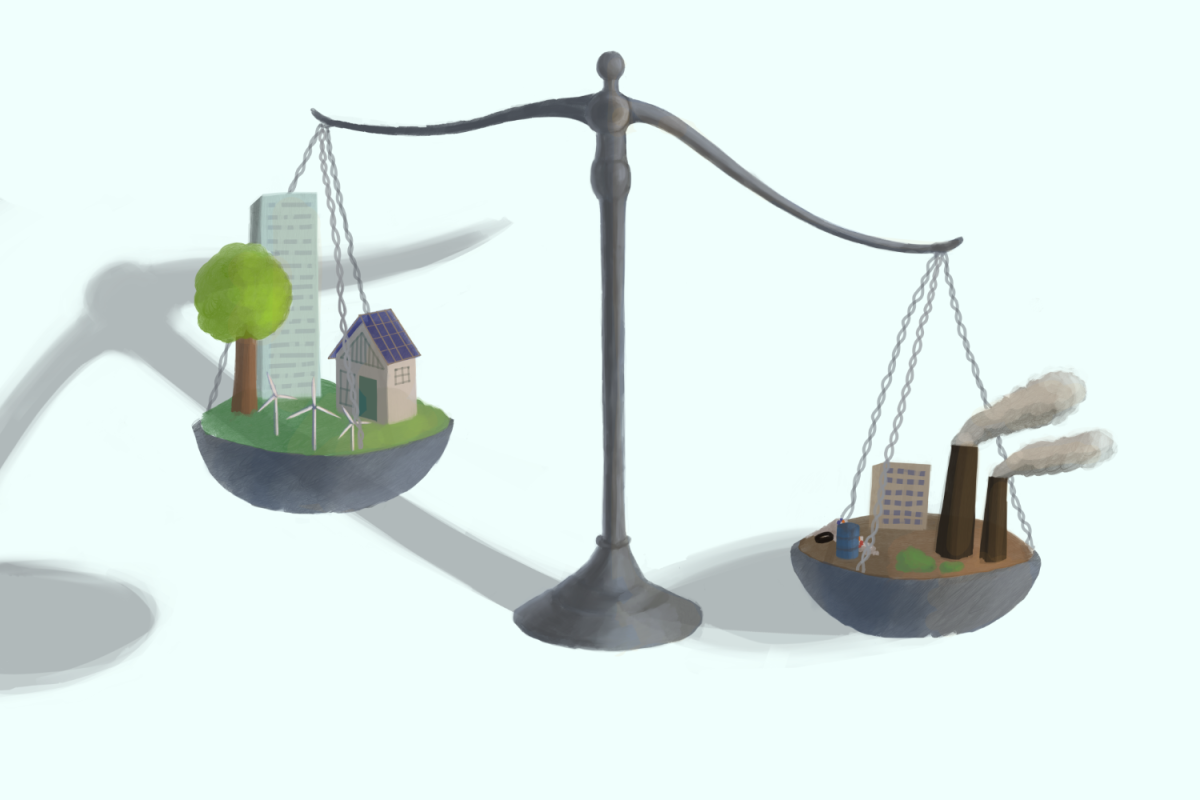If you took an image of any of the 15 fires that have afflicted California in the last week, it would look like a snapshot from hell.
Here in the Belmont-San Carlos area, the air pollutant PM 2.5 lingers in the air, a cautious reminder of the fires that burn not so far away from where we sit in our classrooms. The fine particle can cause both short-term symptoms, such as eye, throat, and lung irritation, as well as long-term symptoms, including bronchitis and exacerbated respiratory and cardiovascular issues.
According to the Sacramento Bee, wind speeds have reached highs of over 100 mph in Alpine Meadows and Pine Flat Road. Sonoma County is the most deeply affected by both the high winds and wildfires. High winds have prompted electric company PG&E to shut-off power in approximately 30 counties across the Bay Area in an attempt to prevent further wildfires. At one point, over 1.5 million Bay Area residents were left without power.
The rapidly spreading Kincade Fire has spanned dozens of thousands of acres in a matter of days. At the height of its growth, 80,000 homes were at risk. The fire is suspected to have originated from a malfunctioning 230,000-volt PG&E transmission tower in the evening of Oct. 23.
By Sunday, Gov. Gavin Newsom declared it a state of emergency. However, it is expected to take until Nov. 7 before it can be completely contained.
Nearby schools such as Fox Elementary and Ralston Middle School have had to cancel classes due to the lack of power. Students at Carlmont, who were required to attend school, even during the early days of the fire, have experienced symptoms associated with exposure to PM2.5, on top of a lack of power at home.
Down in southern California, the “hurricane-force” Santa Ana winds reached the highest speeds in over a decade. A thousand firefighters were enlisted to fight the flames.
It’s safe to say that California isn’t going to see rain any time soon. It’s been less than a year since the Camp Fire scourged California, which to-date was the most destructive wildfire in the history of the state. What is the cause of these fires?
PG&E is one of the largest natural gas and electric energy companies in the U.S. It distributes gas and electricity to approximately 16 million residents in Northern and Central California, covering the area from Bakersfield to Eureka and from the Pacific to the Sierra Nevadas.
After the devastating Tubbs fire in Sonoma County in 2017, PG&E adopted a Wildfire Safety Program that includes accelerated inspections, more resilient infrastructure, and real-time monitoring of high-risk areas. However, the most noticeable part of this program is the Public Safety Power Shutoffs (PSPS), which notifies customers when the company will turn off power lines to prevent damaged power lines from causing wildfires.
PG&E planned to shut off power during windy and dry conditions, especially when there is a high risk of fire. All PG&E customers may be affected because the energy system relies on lines working together to provide power. When one line is shut off, it may turn off energy for others living in areas unaffected by the conditions.
PG&E is especially cautious this fire season after recent backlash during the Sept. 20 climate strike in San Francisco, where protesters outside PG&E’s corporate headquarters demonstrated against the company’s lack of accountability for the wildfires.
The company has also faced a series of lawsuits from Northern California Fire Lawyers for each of the fires in Northern California in 2017, alleging that PG&E’s infrastructure was not adequately maintained. The group filed a wrongful death lawsuit for the 85 confirmed deaths caused by the Camp Fire.
Following these lawsuits, which resulted in an estimated $30 billion in damages, PG&E filed for Chapter 11 bankruptcy on Jan. 29. Chapter 11 bankruptcy, also known as a “reorganization” bankruptcy, is when the courts must approve the applicant’s petition and reorganization plan to declare bankruptcy. In their restructuring plan, PG&E plans to develop a $14 billion fund to compensate for past wildfire victims and another $20 billion fund for future fires.
Earlier this month, Judge Dennis Montali of the Ninth Circuit Bankruptcy Court ruled that PG&E did not have exclusive rights to a reorganization plan. The judge allowed the corporation’s creditors to also draw up a plan, which would dramatically reduce PG&E’s shareholders’ and executives’ stake in the company. Victims of the fires are generally pleased about this competition, as it might lead to fairer compensation.
However, Paradise Mayor Jody Jones emphasized the difference between PG&E as a corporation and the workers on the ground.
“There are many workers in town that restored our electrical service and worked hard to rebuild the town,” Jones said. “At the same time, we did file claims against PG&E for the damage they did to the town. We settled that claim, but the actual money settlement won’t come to the town until the bankruptcy claim is all finished.”
Jones stated that she stands with those who are currently being impacted by the Kincade fire and that more work must also be done at both the federal and state levels.
“All of us are working hard to see the state and federal government force better management and fuel reductions,” Jones said. “The Camp Fire started on federal lands eight miles from town, but both Kincade and the Camp Fire were driven by wind.”
As wildfires become a severe problem across the state, more politicians are starting to take notice of the megacorporation. In June, Gov. Gavin Newsom advocated for a plan to create a wildfire fund to help utilities as they compensate victims of these natural disasters. This news comes in light of utilities across the state facing threats of bankruptcy and demotions.
Earlier last month, there was a series of PSPSs across California. According to the New York Times, communications and logistics quickly broke down at PG&E headquarters. Many customers weren’t able to find out whether or not their power would be cut, or for how long. Some power lines had to be manually switched on and off.
Community centers were overwhelmed by affected residents as they came in droves to charge their electronics. PG&E provided little assistance or communication to help the overburdened community centers. Meanwhile, top executives hosted a winery party for 50 to 60 of their top customers in Sonoma County, which is the region most affected by wildfires.
PG&E soon apologized after the event was labeled inappropriate, but many are still outraged by the tone-deafness. The latest developments concerning PG&E and the PSPSs are the power outages impacting the Bay Area and North Bay.
Over the last weekend of October, PG&E shut off power for 1.3 million residents. Many in the San Carlos-Belmont area were given short notice of the PSPS and were unprepared for when the power was cut Saturday night. On top of that, the air quality had grown to unhealthy levels; smoke and soot from the Kincade fires wafted over the darkened city.
As fires rage in the north, PG&E is crumbling under the weight of public backlash and internal mismanagement.
Climate change is making the wet areas of the world wetter, and the dry areas of the world drier. This is pushing the climate into extremes as more natural disasters dominate the landscape. In California, this means an increase in the number of droughts and wildfires, according to the Union of Concerned Scientists (UCS).
The strong winds fueling the wildfires in Sonoma County and southern California are caused by the movement of jet streams — or the westernly air currents encircling the globe — as they pass from Canada and Alaska to the Mountain West. Low-pressure areas will land in Colorado, while high-pressure areas are drawn towards California and the Great Basin.
On their journey across the terrain, the winds gain speed. According to the Washington Post, the winds dry out the air from the mountain peaks, which makes it easier for wildfires to both start and spread. Climate change contributes to the speed of these winds.
In a study by John. T Abatzoglou and A. Park Williams on the impact climate change had on recent wildfires in the western U.S., it was concluded that the human impact on fuel aridity, or the lack of moisture in the environment, “approximately doubled the western U.S. forest fire area beyond that expected from natural climate variability alone during 1984 to 2015.”
Although climate change is not the direct cause of these wildfires, it is making their impact more extreme.
A similar study conducted by Brian J. Harvey stated that although wildfires are a natural occurrence that can, in fact, stimulate the growth of the environment, there may be negative consequences that come with the rise in their frequency. One being that it “may erode forest resilience over wide regions, threatening ecosystems, livelihoods, and communities.”
Since the 1980s, the length of the wildfire season has increased by 74 days, according to Science Magazine.
Last year’s Camp Fire killed 86 people and destroyed 90% of the town of Paradise in Butte County. Over 27,000 people were forced to evacuate the area at the time.
“The Camp Fire destroyed 14,000 structures; 11,500 of them were houses. About 90% of our homes and 50% of our commercial space were burned down. There was debris everywhere, and it looked like a warzone,” Jones said.
Jones was the mayor before and after the tragedy, and she attests that progress can be made.
“Paradise is like night-and-day since then. We had a huge debris removal program, and it’s all been hauled off,” Jones said. “We’ve issued over 300 building permits, and 11 people who have already finished their houses have occupancy permits and are back to living in their brand new homes. We’re on track to issue 500 building permits by the end of December.”
Yet the destruction of natural resources may have a greater impact on human life over time.
Current estimates place the forests in the western U.S. as responsible for 40% of carbon sequestration in the entirety of the U.S. Carbon sequestration is the long-term storage of carbon dioxide by trees and is an important process that is key to slowing down climate change. The absence and destruction of these forests as a result of climate change may, in turn, allow for an increase in carbon in the atmosphere.
Carbon dioxide has been steadily increasing in the atmosphere for several decades, and speeds up the process of climate change by trapping heat and raising the Earth’s overall temperature. According to the National Oceanic and Atmospheric Administration (NOAA), carbon dioxide is responsible for two-thirds of the energy imbalance causing global warming today.
Preventing these wildfires has tangible significance. For Paradise, improving fire safety takes on many forms.
According to Jones, the state of California adopted the Wildlife Urban Interface (WUI) design standards in 2008 and all structures built after were more fire-resistant.
“We didn’t have a lot of buildings that were built after 2008 in town, but 51% of the ones that were survived, while only 9% of the ones built prior to those standards survived. So we know that those building standards make a difference,” Jones said.
She also described several other ordinances implemented that go beyond the WUI design standards.
“You have to have fire-resistant gutters on your house, not plastic or vinyl gutters. You have to have a five feet setback from your house from anything that’s flammable. For instance, there has to be five-foot space between your house and a wooden fence,” Jones said. “You can’t attach a wood deck to your house. We’ve banned railroad ties and instituted a defensible space ordinance.”
Every year, climate change reports come out, each with worse news than the last. Our Earth speeds towards irreversible damage as scientists warn against rising tides, melting icecaps, and wildly fluctuating temperatures.
Wildfires continue to wreak havoc in California year after year, increasing in size and number. It’s been less than a year since the Camp Fire, the deadliest wildfire in Californian history, but the 15 ongoing fires dare to challenge that title.
Firefighters risk their lives again and again, but even as they win battles, the war against wildfires rages on. Already, thousands have been forced to evacuate, and the death toll continues to rise. Houses burn, turning the sky red and the air smoky.
Students walk through the hallways, coughs ringing through the air. The seemingly small annoyance of bad air quality holds a more deadly threat for the future, with every breath risking respiratory and cardiovascular diseases.
Among the chaos, students struggle to learn, doing homework by candlelight or flashlight as the lights blink out. Crossing guards mitigate traffic while the traffic lights overhead remain lifeless. More than a million residents saw their power cut in a single weekend, and some schools canceled as a result of the power outages.
These are just the short-term effects of a long-term threat. Climate change continues to hang over our heads as the next generation scrambles for solutions. Carbon dioxide levels rise as we use up natural resources, making the fires more deadly than ever before.
The wildfires and power outages are only the beginning, foreshadowing the future to come.
Written by: Zachary Khouri, Brianna Cheng, Auva Soheili, Maddy Ting, and Miki Nguyen.

























